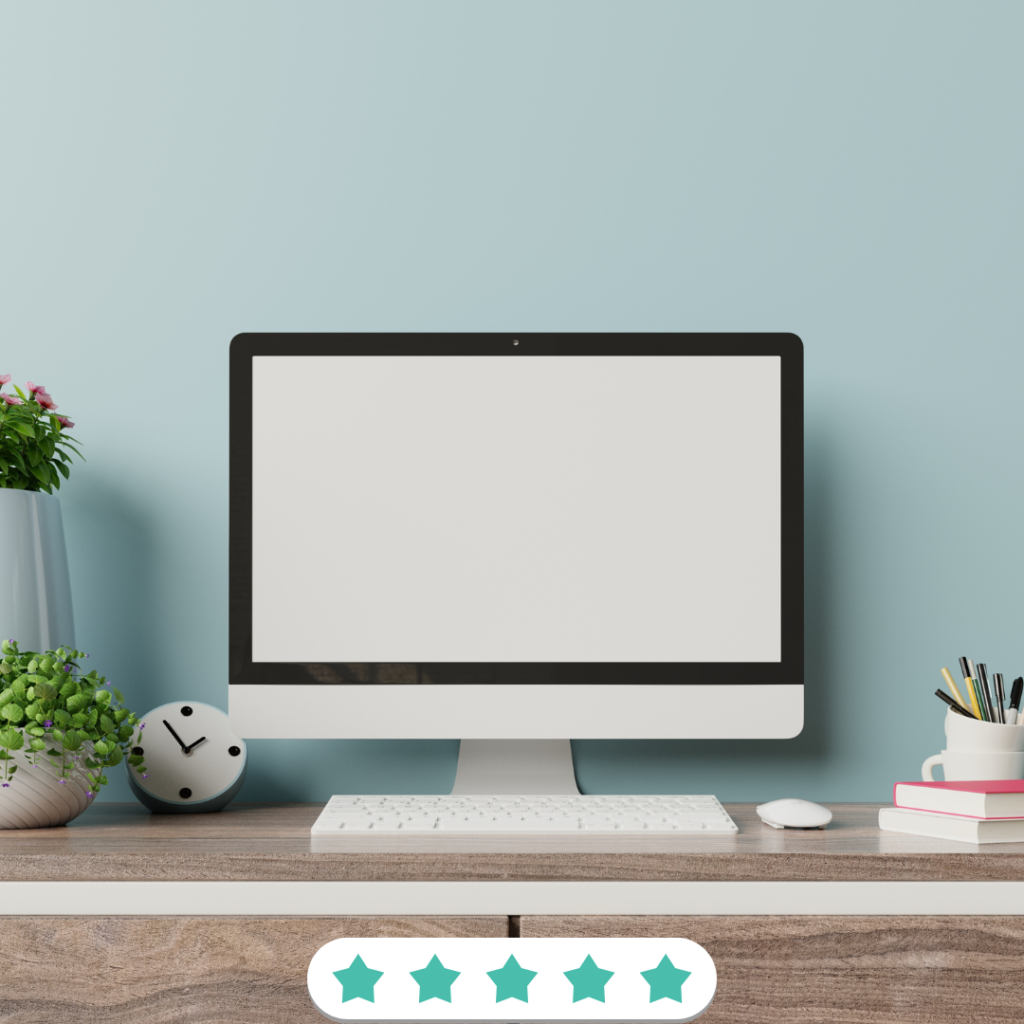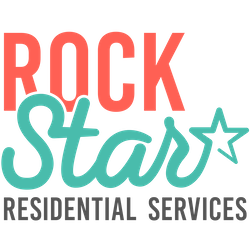10 Tips for Effective Professional Decluttering: Organize Your Workspace and Boost Productivity

Let’s be honest—it’s probably time to rethink your strategy if your workspace could be featured on an episode of Hoarders: Office Edition. Are you constantly searching for that one crucial document buried under piles of yesterday’s lunch receipts and mysterious sticky notes? If your desk screams “chaos,” it’s no wonder your productivity’s on vacation. But don’t worry—we’ve got your back.
This isn’t about shaming your clutter habits; it’s about helping you reclaim your workspace (and sanity). With a little effort and a lot of coffee, you can transform your desk from a “disaster zone” to “functional and fabulous.” Here’s how.
The Importance of Decluttering Your Workspace
In today’s fast-paced professional world, a cluttered workspace is like wearing socks with sandals—it’s not a great look. Sure, it might feel like you’re juggling a million things, but let’s be honest: disorganization doesn’t scream “multitasking genius.” It screams “stress.”
Messy desks create visual noise, which makes focusing harder. Plus, hunting for lost documents burns time you could be spending on actual work (or, let’s face it, scrolling Instagram). An organized space tells your brain, “Hey, we’ve got this,” and makes you look like you know what you’re doing—even when you’re winging it.
Benefits of a Clean and Organized Workspace
Think of a tidy desk like a clean windshield—it gives you a clear view of where you’re going. When everything has its place, you’re not wasting time digging for that one file or wondering where all your pens went (spoiler: they’re in the drawer you never open).
Not only will an organized space make you more efficient, but it’ll also keep you sane. Clutter equals chaos, and chaos equals stress. Do yourself a favor and embrace the magic of organization—it’s self-care for your office.
Common Decluttering Mistakes to Avoid
Decluttering mistakes? Oh, they’re out there. Here’s the big one: trying to tackle everything at once. You’re not Marie Kondo, and Rome wasn’t organized in a day. Break your decluttering into smaller, manageable chunks, so you don’t end up rocking in a corner surrounded by mountains of paper.
Another rookie mistake? Not having a game plan. If you don’t know what’s staying or going, you’ll move things around instead of organizing. Pro tip: create four piles—keep, trash, recycle, donate—and stick to them like glue.
Lastly, don’t let your hard work go to waste. Maintenance is key, or your newly pristine desk will look like a tornado hit it by next Tuesday.
Assessing Your Workspace and Identifying Problem Areas
Here’s where we get honest with ourselves. Take a good, hard look at your workspace. Are those piles of papers breeding? Are random knick-knacks taking over like they’ve formed a union? Write down the problem areas (yes, all of them) and start prioritizing.
Now, ask yourself the tough questions. Do you really need 15 half-used notebooks? When was the last time you actually used that thing collecting dust on your shelf? If it doesn’t serve a purpose or bring you joy, it’s time to say buh-bye.
Developing a Decluttering Plan and Setting Goals
Decluttering without a plan is like grocery shopping when you’re hungry—a recipe for disaster. Start by setting realistic goals. Instead of saying, “I want an organized desk,” aim for something specific, like clearing your desk surface or sorting out your supply drawer.
Break it down into bite-sized tasks. Spend 30 minutes a day tackling one section at a time. And if you need accountability, grab a buddy. Decluttering with a partner makes the process less lonely—and hey, misery loves company.
Sorting and Categorizing Your Belongings
Ah, the sorting phase. This is where the magic happens (or where you question every life decision that led to owning six staplers). Gather everything into one space to see what you’re working with. Then, sort into categories: “keep,” “trash,” “donate,” “recycle,” and “why do I even have this?”
Pro tip: Follow the “one in, one out” rule. For every new item you bring into your workspace, commit to removing one. It’s like decluttering karma—what comes in must go out.
Practical Storage Solutions and Organization Techniques
Storage can be your secret weapon or your nemesis if you don’t buy it for the actual inventory you have and use. Think about simple drawers, bins, and shelves—but make them functional, not the flimsy plastic stuff that collapses under the weight of a paperclip. Label everything like your life depends on it because future-you will thank you when you’re not frantically searching for Post-its.
And don’t forget about vertical space. Wall-mounted organizers or pegboards can do wonders for keeping your desk clear while keeping essentials within reach.
Maintaining a Clutter-Free Workspace
Decluttering isn’t a one-and-done deal—it’s a lifestyle. Make it a habit to spend five minutes tidying up at the end of each day. Trust me, waking up to a clean desk is the adult version of Christmas morning.
Schedule monthly decluttering check-ins to make sure things stay under control. If you find yourself slipping, remember the pain of organizing the first time. Motivation restored.
The Impact of Decluttering on Productivity and Focus
Here’s the kicker: a clean workspace doesn’t just make you look like you’ve got it together—it helps you get it together. With fewer distractions, you can focus, think clearly, and maybe even hit inbox zero (gasp).
The emotional boost of decluttering is real, too. Walking into an organized office feels like stepping into a spa—minus the cucumbers and soft music. It’s a game-changer for your productivity and mental health.
Final Thoughts
Decluttering your workspace isn’t just about appearances (though, let’s admit, it’s a nice perk). It’s about creating a space that works for you, not against you. A little effort now can save you time, stress, and maybe even your sanity later.
So grab a trash bag, turn on your favorite playlist, and get to work. Your future self—will thank you.
